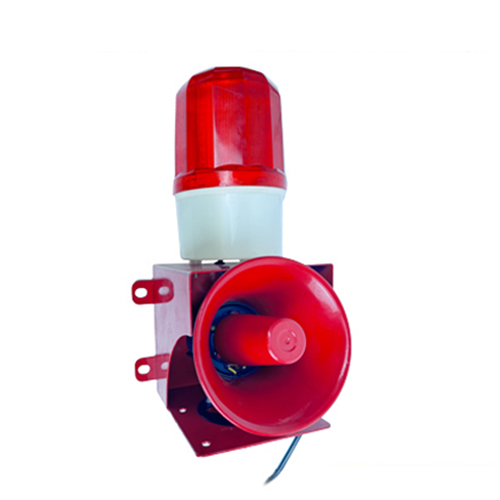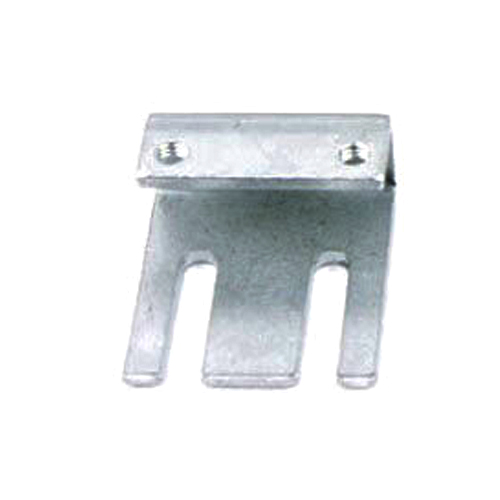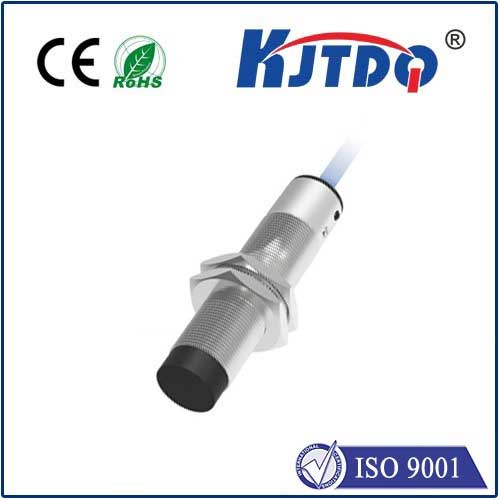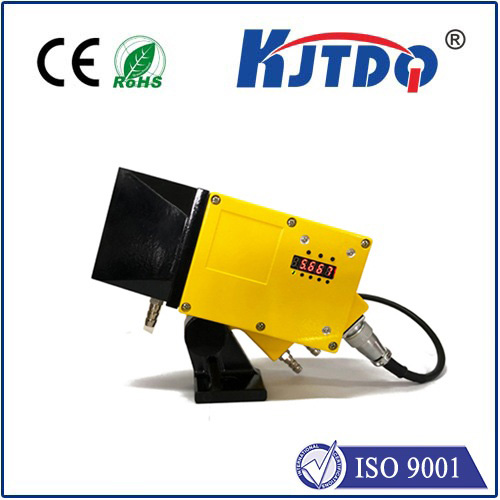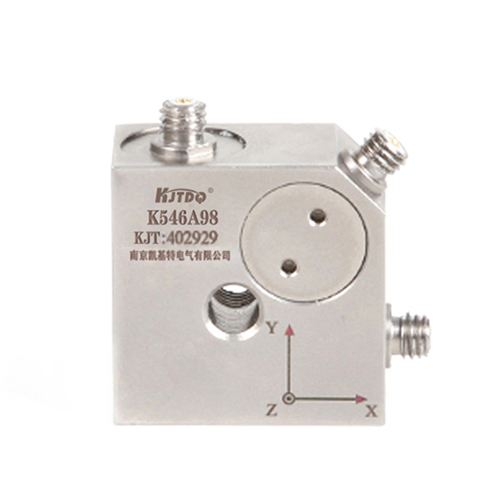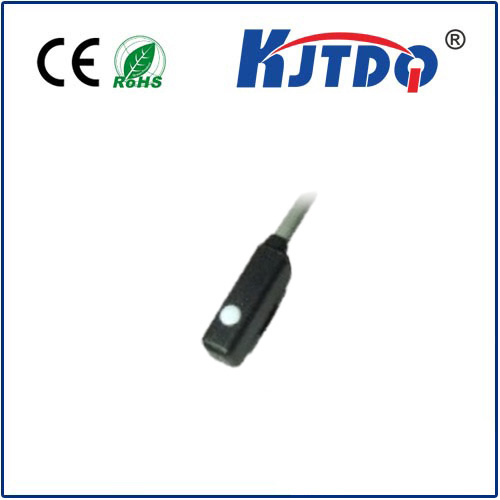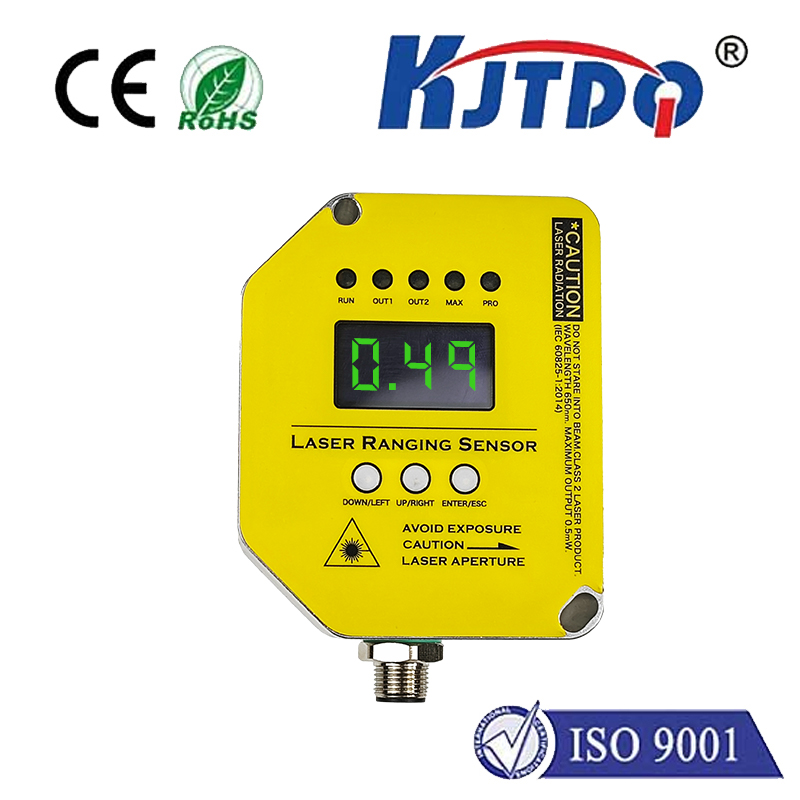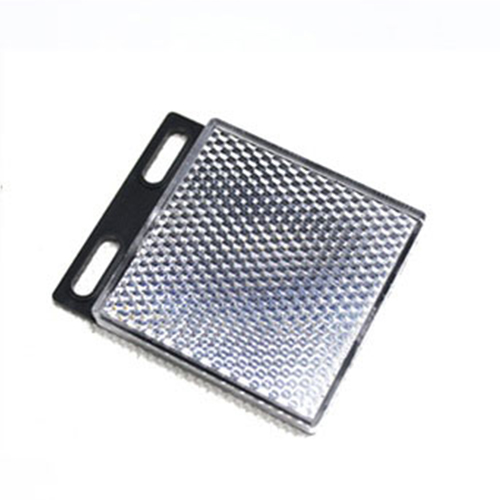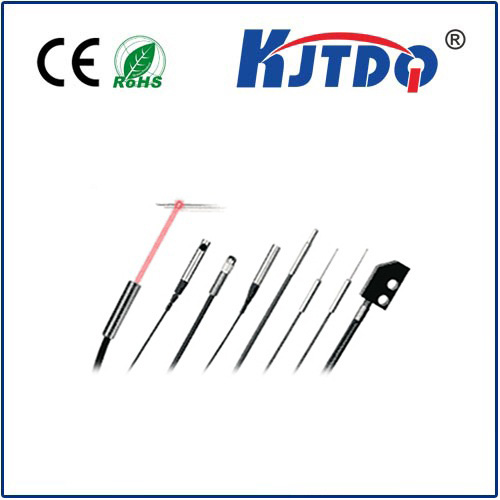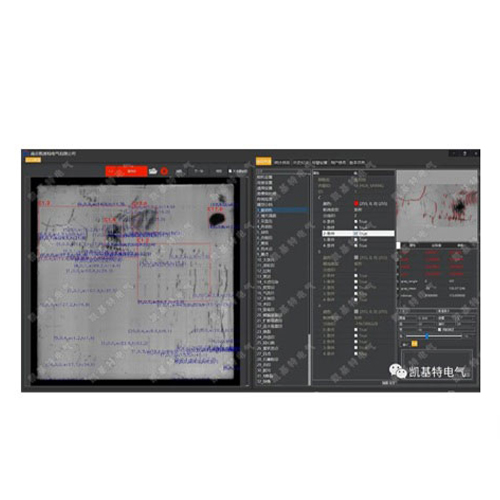digital laser sensor
- time:2025-08-27 15:34:31
- Click:0
Unlocking Precision: How Digital Laser Sensors Revolutionize Modern Measurement
Imagine meticulously assembling a complex microchip, guiding a robotic arm within fractions of a millimetre, or verifying the perfect thickness of solar panels on a high-speed production line. In these scenarios and countless others, absolute precision is non-negotiable. This relentless demand for accuracy is powerfully addressed by a remarkable technology: the digital laser sensor. More than just a beam of light, these sophisticated devices represent a leap forward in non-contact measurement, transforming how industries perceive and achieve dimensional control.
At its core, a digital laser sensor integrates fundamental laser technology with advanced digital signal processing. Unlike older analog laser sensors that output varying voltage signals representing distance, digital laser sensors convert the measured distance directly into a digital output. This typically happens via an integrated processor analyzing the reflected laser beam, often using time-of-flight (measuring the time light takes to travel) or triangulation principles (calculating distance based on the angle of reflected light). The key differentiator is that the raw distance data is processed digitally within the sensor itself before being communicated.

So, why has the shift to digital been so transformative? The advantages are numerous and impactful:
- Enhanced Accuracy and Stability: Digital processing inherently reduces susceptibility to signal noise and electromagnetic interference (EMI) that can plague analog systems. This translates to superior measurement stability and repeatability, crucial for applications demanding micron-level precision like semiconductor manufacturing or optical component inspection.
- Simplified Integration: Forget complex signal conditioning modules. Digital laser sensors typically communicate via standard digital interfaces like IO-Link, USB, Ethernet/IP, or Modbus. This plug-and-play capability drastically simplifies connection to PLCs (Programmable Logic Controllers), data acquisition systems, and PCs. Configuration, calibration, and diagnostics often become straightforward software tasks.
- Faster Response Times: Processing signals digitally allows for significantly higher sampling rates compared to their analog predecessors. This high-speed capability is essential for real-time process control on fast-moving production lines, in dynamic robotics applications, or for vibration analysis.
- Intelligent Features: The embedded intelligence enables features like built-in data averaging, peak/valley detection, programmable switching outputs, and even onboard diagnostics. Some advanced models offer teach-in functionality (setting measurement points with a button press) and automatic surface compensation for different materials.
- Robustness and Reliability: Digital circuits are generally more robust against environmental factors within the sensor’s specified operating range. The combination of digital signal integrity and non-contact measurement principle makes these sensors highly reliable in demanding industrial settings.
- Richer Data: Beyond a simple distance reading, digital outputs can convey additional information like signal strength, sensor status, and diagnostic codes, providing deeper insights into the measurement process and sensor health.
The scope of application for digital laser sensors is vast and continuously expanding. Their non-contact nature makes them ideal for measuring delicate, hot, moving, or inaccessible objects without causing any damage or obstruction. Key industries leveraging this technology include:
- Manufacturing & Automation: Precision positioning of parts, robotic guidance, fill level control, weld seam tracking, part presence/absence verification, thickness measurement (e.g., glass, paper, metal), and component height profiling. Here, digital laser sensors ensure consistent quality and optimize production speed.
- Electronics & Semiconductor: Critical for wafer alignment, lead frame coplanarity checks, component height verification, and micro-assembly precision. The micron-level accuracy is paramount.
- Automotive: Used extensively for brake disc thickness measurement, body panel gap and flush control, robotic painting/sealing path guidance, and inspection tasks on assembly lines.
- Logistics & Packaging: Precisely measuring parcel dimensions (volume calculation), verifying pallet height, checking fill levels in containers, and reading codes on fast-moving items.
- Research & Development: Employed in laboratories for material deformation studies, vibration analysis, prototype dimension verification, and countless experimental setups requiring precise displacement measurement.
- Medical Device Production: Ensuring dimensional accuracy of intricate surgical tools, implants, and diagnostic equipment components.
Selecting the right digital laser sensor requires careful consideration of your specific application needs:
- Measuring Range: How far does the sensor need to measure? (Short-range offers highest precision, long-range for larger distances).
- Resolution & Accuracy: What is the smallest detectable change required? What absolute measurement uncertainty is acceptable?
- Spot Size: How small must the laser spot be to effectively measure the target feature?
- Target Properties: What is the material, colour, and surface finish? Highly reflective or dark, matte surfaces need specially optimized sensors.
- Environmental Conditions: Exposure to dust, moisture, temperature extremes, or vibration will dictate the required IP rating and sensor ruggedness.
- Communication Interface: What digital protocol (IO-Link, USB, Ethernet, etc.) best integrates with your existing control systems?
- Response Speed: How quickly must measurements be taken and transmitted?
- Dimensions & Mounting: Physical constraints for sensor installation.
As technology progresses, digital laser sensors continue to evolve. Key trends include the integration with Industrial Internet of Things (IIoT) platforms, enabling predictive maintenance and deeper process analytics through cloud connectivity. Miniaturization is making these sensors viable for increasingly compact applications. Advancements in optics and processing algorithms are pushing the boundaries of accuracy, speed, and reliability, even for challenging targets like dark or transparent materials. The evolution of multi-point sensors and laser line profilers (which generate entire height profiles) further expands the capabilities beyond single-point measurement.
From ensuring the flawless assembly of jet engines to guaranteeing the perfect fit of your smartphone screen, digital laser sensors represent the unseen backbone of modern precision engineering. By harnessing the power of focused light and digital intelligence, they deliver unparalleled levels of accuracy, speed, and reliability in non-contact measurement. Their ability to simplify integration and provide rich, actionable data makes them an indispensable tool, driving efficiency, quality, and innovation across a staggering array of industries. As demands for precision escalate and digital transformation accelerates, the role of this sophisticated sensing technology will only become more crucial.






